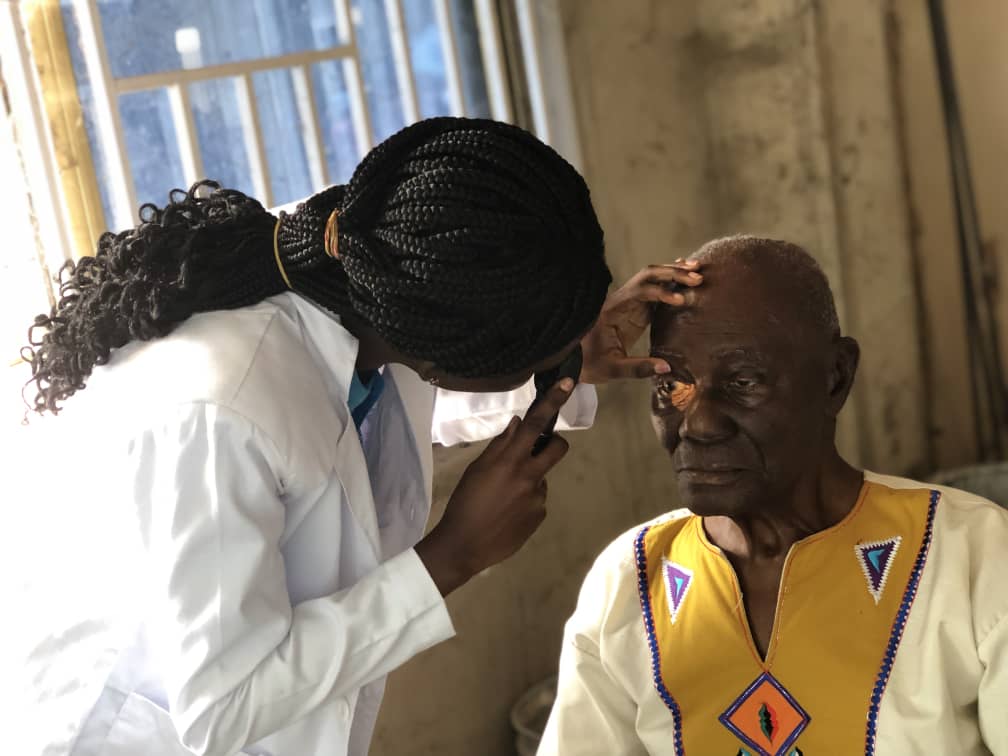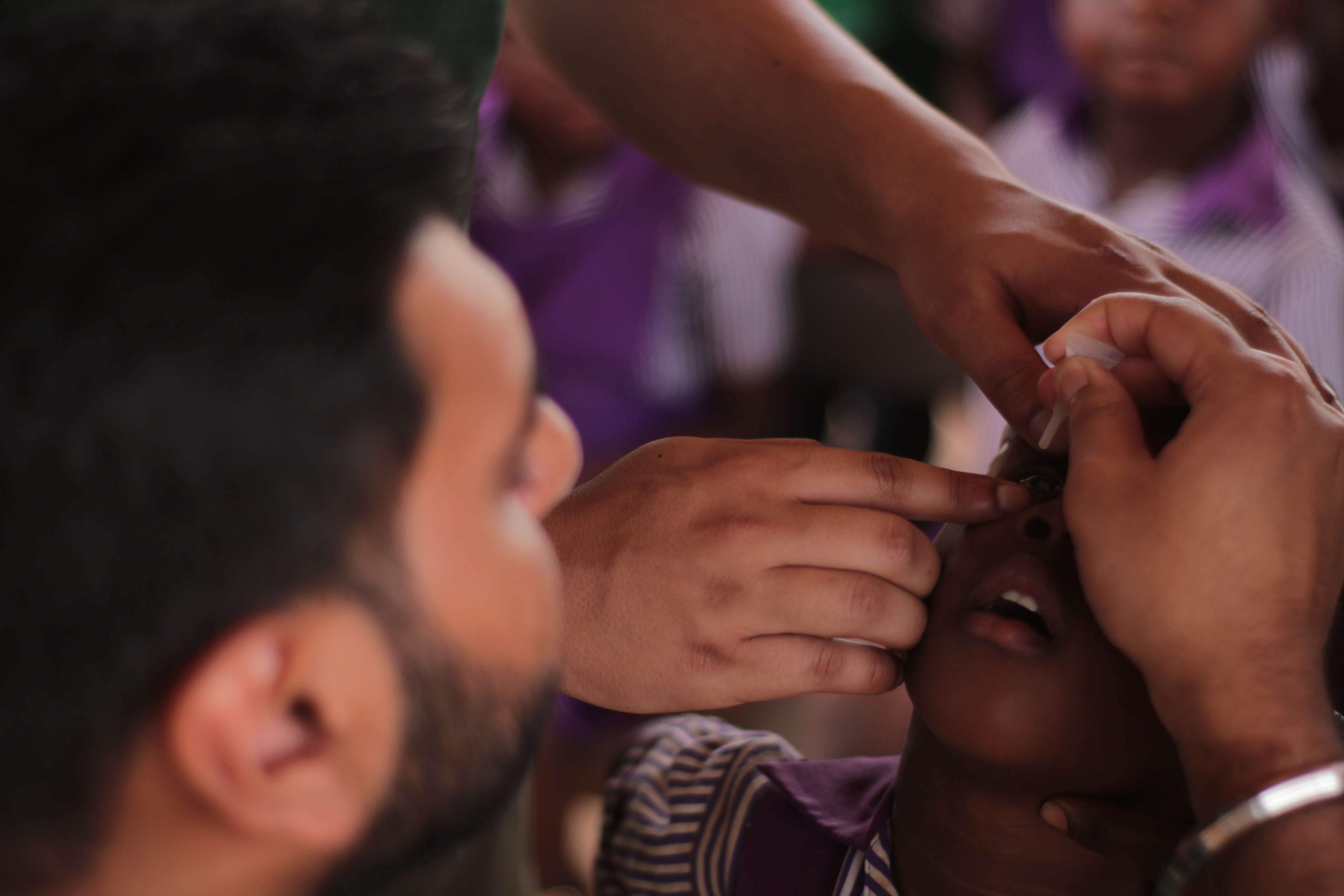When it comes to eye care, steroids are quite important and have a lot to do with a lot of ocular conditions and their management, from the complicated ones to the "simple" ones, they all have some relation or the other with steroids.
But steroids ain't always the go-to for the eye although it is used quite often there are times that their usage can actually be detrimental to our patients, sometimes it usage could literally be blinding results and thus it takes the Optometrist or eyecare provider to know when and when not to give steroids.
Indications
So as already mentioned topical steroids are quite useful in lots of ocular conditions and whiles I definitely cannot exhaust the list or even come close in this article here are some basic conditions that may warrant the use of topical steroids to aid the healing process or make life more comfortable and easier for patients
- Dry Eyes
One may experience dry eye when one of the three components of the tear film is compromised in one way or the other, whether there be inadequate production or the duct for which they ought to be supplied to the anterior of the eye is affected. Inadequacy may result from another condition with the eye or purely due to aging.
When the eye becomes dry, it can spark inflammatory processes in the eye, and the pain and dry sensation could be quite uncomfortable. In addition to the provision of tear supplementation for the eye, one could add some mild steroids to ease the pain and halt the inflammatory process from proceeding.
- Conjunctivitis
One of the commonest conditions you will experience in eyecare globally is conjunctivitis which basically means inflammation of the conjunctiva. Most eye conditions would have redness of the eye as an additional sign to it and this is basically conjunctivitis going on. The causes of conjunctivitis are numerous and I cannot even go there now.
And so just as its name suggests, inflammations are going on and as pharmacology would teach us, this happening is best dealt with steroids, and so topical steroids do great, ease the pain fast and cause the redness to subside within the shortest possible time.
- Uveitis
I had to add this one because it is one of the conditions that could literally result in blindness and yet very much treatable. Uveitis would cause your vision to reduce drastically within a very short time and it is mostly idiopathic. As the name suggests, it is also an inflammatory condition involving the uvea.
The severity of this condition demands that it be treated with such intensity that one could be asked to use the topical steroids within very short-term intervals such as every 30 minutes or hour. Also, very potent or strong steroids are recommended for this treatment.
Contraindications
Then there are some situations that steroid usage may not necessarily be recommended. In some situations, its usage could make things a little worse whereas in others it could actually be sight-threatening to use them. Let's take a look at a few and learn;
- Glaucoma
So a lot of times, especially with regards to individuals with African background, glaucoma diagnosis tend to be open angle and high tension related. This means that their eyes pressure or technically, intraocular pressure would be up higher than normal and this pressure tends to kill the optic nerve resulting in visual loss.
One effect that steroids tend to do to your eye is to increase the intraocular pressure a little, mostly it is just slightly unless one continues to use it for so long over a long period then it could actually cause quite an increase in IOP. However, for Glaucoma patients, any increase is something to be bothered about since our goal is to bring the pressure down, so giving topical steroids may not be good for them.
And so most often when glaucoma patients are in pain you would realize that it is due to the pressure increasing, if it is not so then nonsteroidal drugs would be warranted both topical and oral should make things better for them.

- Corneal Ulcer/Abrasions
Anything involving the integrity of the corneal or the epithelial layer being affected is a reason to avoid steroid usage. This is because it affects the healing process and ends up causing scar tissue to be formed. Now the cornea ought to be perfectly transparent to enable light to pass through into the eye for vision.
Anything obstructing this process whether it be a scar or cornea haziness would drastically and permanently impede vision. And it is for this reason that over-the-counter medication when one hurts the eye could be so dangerous because using eye drops with steroids in them without knowing the integrity of the cornea could be so damaging to you and unfortunately irreversible.
Conclusion
And so that's what would be all for today, I hope that you learned a thing or two from what I had to share today and I hope that it gets someone out there to do better when it comes to their eye health and to be particular about the drugs they put on the eye.

Let's stay safe and stay healthy, and prioritize your health above all else for without it life could be very difficult, thanks for passing through today and for reading, I appreciate your time, stay safe and have a blissful week.
Further Reading
HEWSON G. E. (1964). CORTICOSTEROID EYE-DROPS. British medical journal, 1(5380), 438. https://doi.org/10.1136/bmj.1.5380.438.
Öhnell, H. M., Andreasson, S., & Gränse, L. (2022). Dexamethasone Eye Drops for the Treatment of Retinopathy of Prematurity. Ophthalmology. Retina, 6(2), 181–182. https://doi.org/10.1016/j.oret.2021.09.002.
El Gharbawy, S. A., Darwish, E. A., Abu Eleinen, K. G., & Osman, M. H. (2019). Efficacy of addition of nepafenac 0.1% to steroid eye drops in the prevention of post-phaco macular edema in high-risk eyes. European Journal of Ophthalmology, 29(4), 453–457. https://doi.org/10.1177/1120672118799626.
Otake, H., Goto, R., Ogata, F., Isaka, T., Kawasaki, N., Kobayakawa, S., Matsunaga, T., & Nagai, N. (2021). Fixed-Combination Eye Drops Based on Fluorometholone Nanoparticles and Bromfenac/Levofloxacin Solution Improve Drug Corneal Penetration. International journal of nanomedicine, 16, 5343–5356. https://doi.org/10.2147/IJN.S317046


